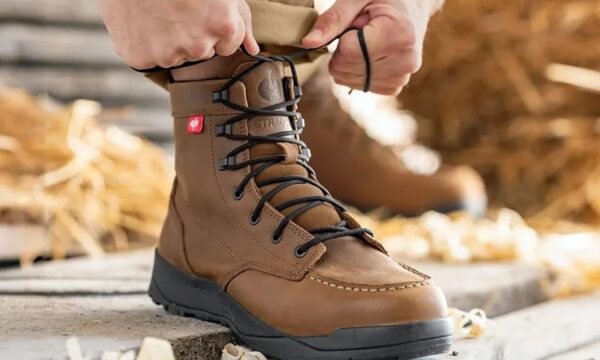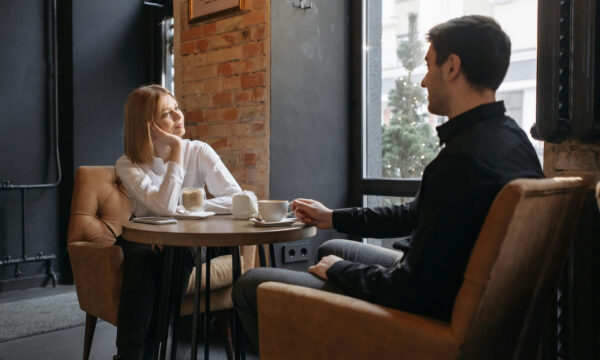Choosing the right hearing aid based on the daily routine

There is no universal hearing aid solution; effectiveness varies significantly depending on individual lifestyle. The suitability of a hearing aid is influenced by daily activities. Frequent travel, spending time in quiet environments, or regularly attending meetings can all impact the ideal choice of hearing aid.
This guide outlines how to match a hearing aid to specific lifestyle needs. Consider different device styles and practical features to ensure the chosen hearing aid integrates seamlessly with daily routines.
Understanding hearing needs
Before considering models and features, it is important to assess individual hearing requirements. Hearing loss varies among individuals; some may experience mild difficulty detecting high-pitched sounds, while others may encounter challenges following conversations in any environment. Obtaining a clear understanding of a hearing profile requires a professional hearing test, which is available through viphearingsolutions.co.uk.
After determining the type and extent of hearing loss, it becomes possible to make informed decisions regarding hearing solutions. Hearing aids are designed not only to amplify sound but also to enhance clarity, reduce background noise, and adapt to various environments. Their effectiveness is largely dependent on selecting the appropriate type to address specific hearing needs.
Lifestyle assessment: Key considerations
Daily routines play a significant role in determining which hearing aid will provide optimal support. Consider the following factors:
- Employment in loud or busy environments, such as classrooms, restaurants, or construction sites.
- Predominance of quieter settings, such as at home or in a small office.
- Frequency of attending meetings, engaging in social outings, or talking on the phone.
- Level of activity and time spent outdoors versus indoors.
- Importance of discreetness compared to a focus on functionality and technological features.
Honest assessment of these factors enables a more tailored selection of hearing aids. As with footwear, different options suit different activities; the same principle applies to hearing aids.
Hearing aid types and who they’re best for
Let’s look at the most common types of hearing aids and which kinds of lifestyles they suit best.
Behind-the-ear (BTE)
These are the classic style with a small case that sits behind the ear and a tube that channels sound into the ear. BTE models are powerful, reliable, and often easier to handle for people with dexterity issues.
Best for:
- Active individuals who need a robust option
- Those with moderate to severe hearing loss
- Users who prefer easy handling and maintenance
Receiver-in-Canal (RIC)
Similar to BTEs, but with the speaker placed in the ear canal, connected by a thin wire. They’re usually smaller and more discreet, with clearer sound.
Best for:
- Social or professional people who are often in group settings
- Users who want style without compromising on performance
In-the-Ear (ITE) / In-the-Canal (ITC)
These sit entirely within the outer ear or ear canal. They’re custom-made and less noticeable, though they may not be ideal for those with severe hearing loss.
Best for:
- People who use phones or headsets regularly
- Those who want a balance of appearance and functionality
Completely-in-Canal (CIC) / Invisible-in-Canal (IIC)
As the names suggest, these are tiny and sit deep within the ear canal. They’re almost invisible and great for those who prioritise aesthetics – but they’re not as powerful as other models.
Best for:
- Individuals with mild to moderate hearing loss
- Those who want a discreet, nearly invisible device
- People who spend most of their time in quiet environments
Matching features to the daily routine
Modern hearing aids come with a surprising number of features. Here’s how to match them to the routine:
- Bluetooth/smartphone connectivity: ideal for individuals who regularly take calls, stream music, or require app-based controls. Great for tech-savvy users and professionals.
- Directional microphones: Help focus on speech in noisy places like restaurants or meetings. Perfect for social butterflies or office workers.
- Rechargeable batteries: Great for people who are always on the move and don’t want to worry about carrying spare batteries.
- Telecoil (T-coil): Enhances sound clarity in venues equipped with hearing loops, such as churches or theatres.
- Water-resistant models: Essential for users with active or outdoor-oriented routines, including activities in wet or sweaty conditions.
How to feel confident with hearing aids
Hearing aids have the ability to positively transform lives overnight. Suddenly, everything that has been missed becomes clear. However, this does not mean that the impact will be felt immediately. Some individuals may feel self-conscious about this change and even overwhelmed by small sounds. The following tips can help in adjusting to hearing aids and managing the transition effectively.
Choose the right size
Receiving the appropriate hearing aids is the initial step. Do not assume that all designs are identical. Some models fit over the ear and are visible, while others are inconspicuous and fit inside the ear. It is important to evaluate which size will be most suitable. Prioritize ease of handling when making a selection. The choice of size should be based on comfort and personal preference. For those concerned about bulkiness and visibility, an in-ear style that is less noticeable to most people is recommended.
Select a light colour
Most hearing aid styles offer a choice of colour. Choosing a bright and fun colour may seem appealing; however, brighter colours tend to be more visible. For those seeking greater confidence, selecting a light colour that matches the skin is advisable. This choice helps ensure that the hearing aids are less noticeable at first glance.
Wear little and often
Most people do not immediately wear their hearing aids all day. Adjusting to hearing aids involves becoming accustomed to their physical presence in the ear and to the range of new sounds. Feeling overwhelmed by this transition is common. To build confidence, begin by wearing hearing aids for short periods and gradually increase usage as comfort with their fit and sound develops.
Conclusion
A daily routine plays a crucial role in finding the ideal hearing aid. Careful consideration of daily activities, typical environments, and essential features increases the likelihood of selecting a device that provides meaningful enhancement. The selection process should not be rushed; adequate time should be taken, relevant questions should be asked, and collaboration with a professional is recommended to ensure the best match. The right hearing aid contributes not only to improved hearing but also to a better quality of life each day.
The editorial unit

























Facebook
Twitter
Instagram
YouTube
RSS